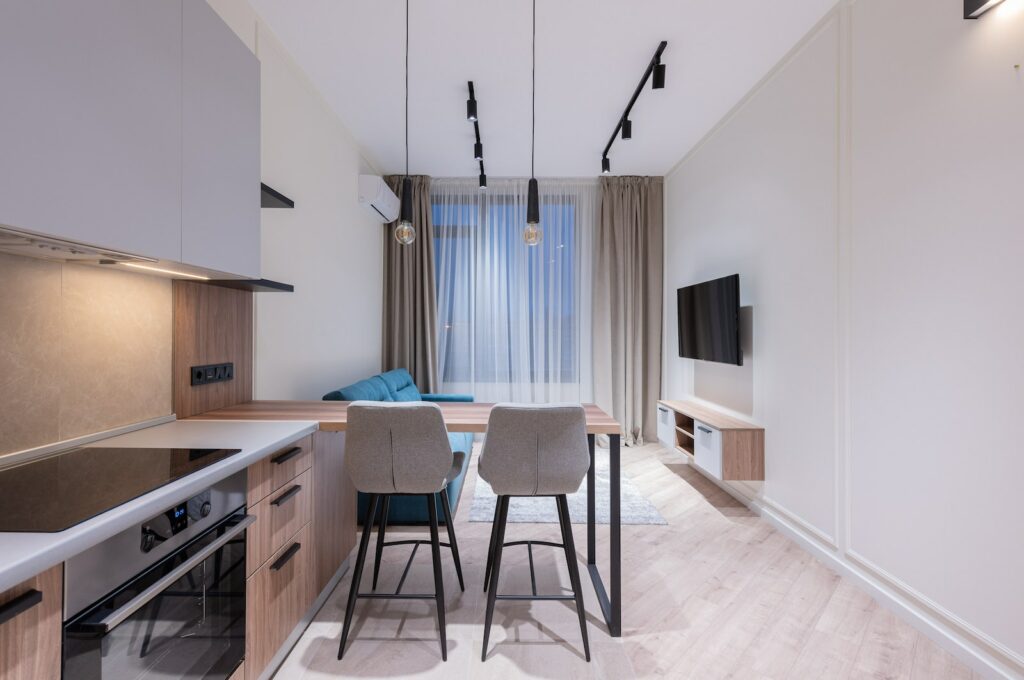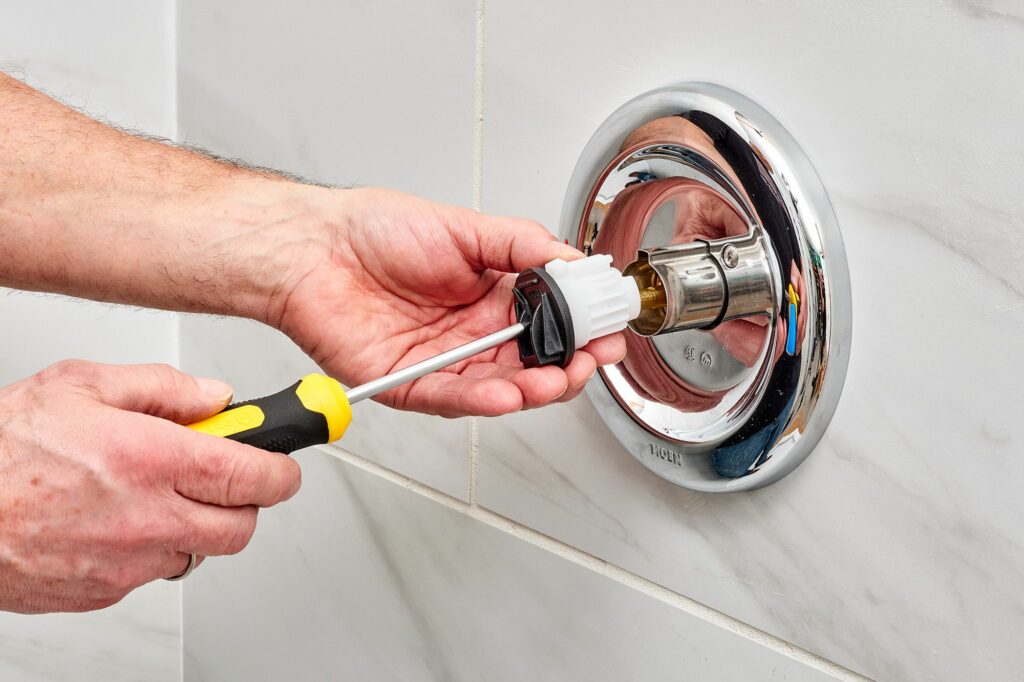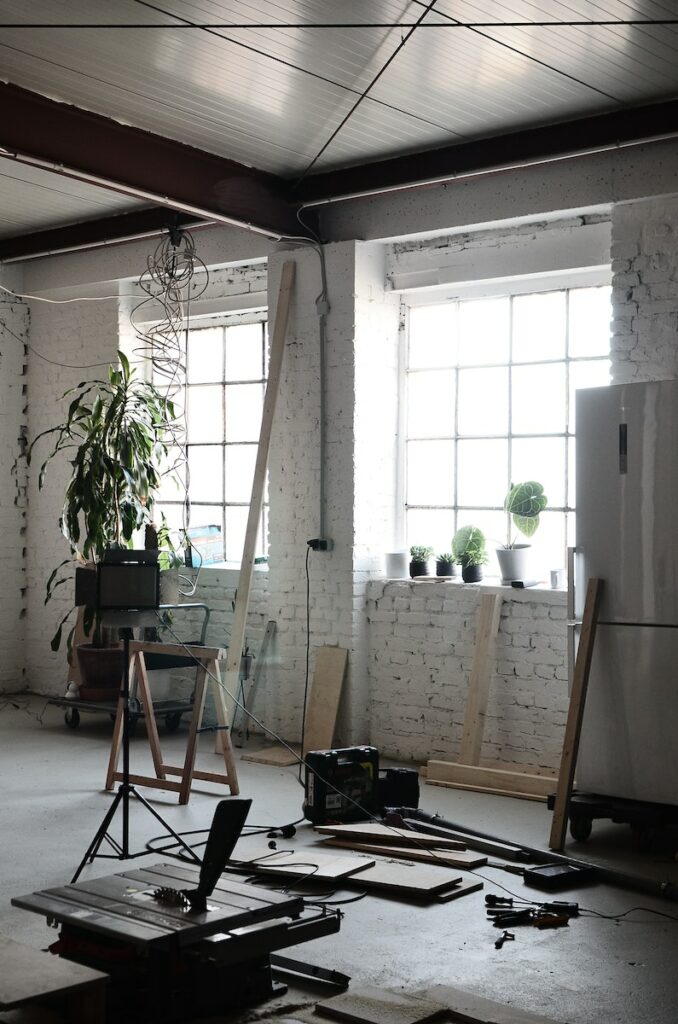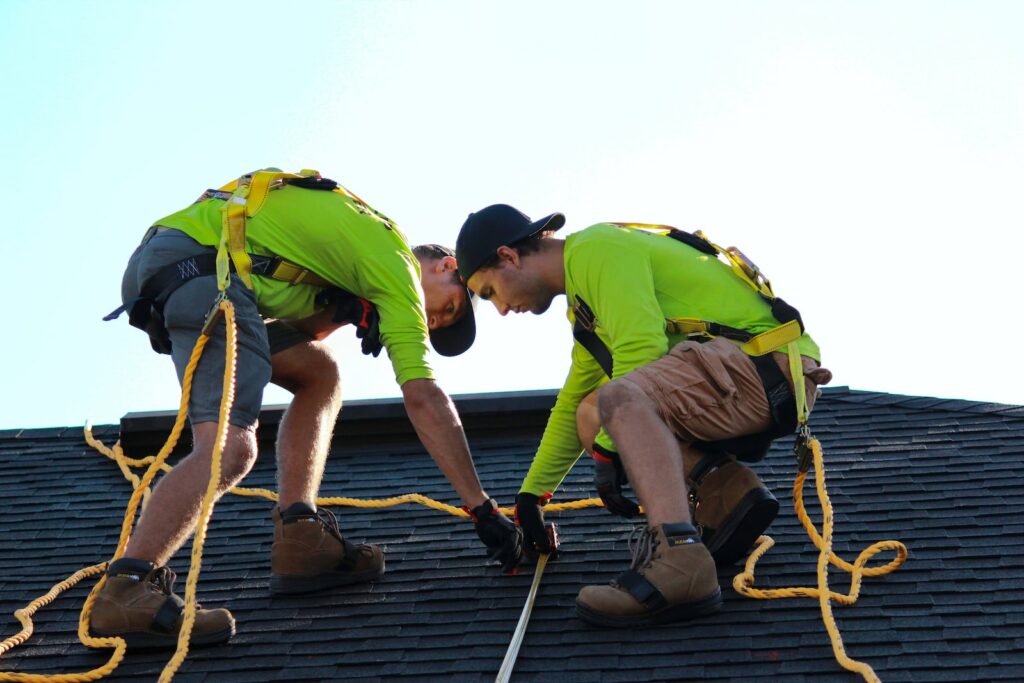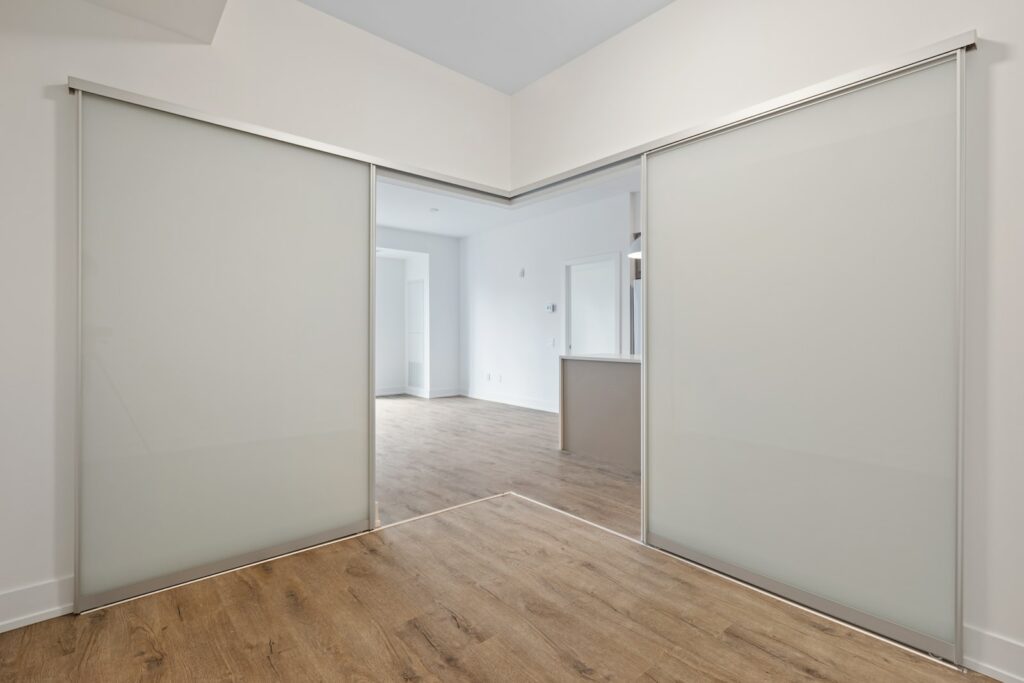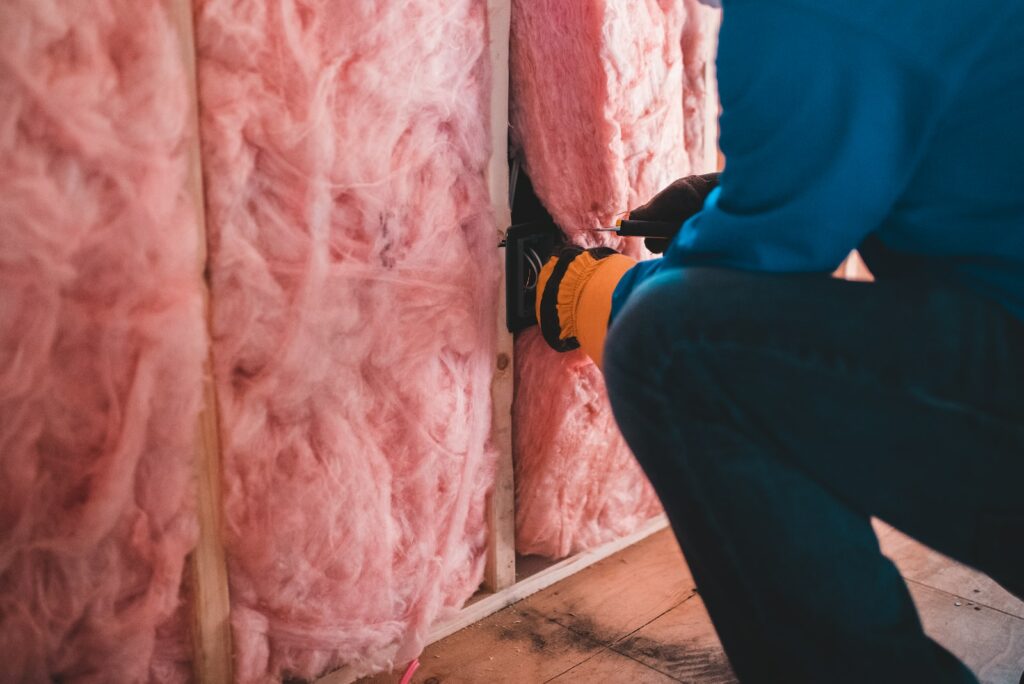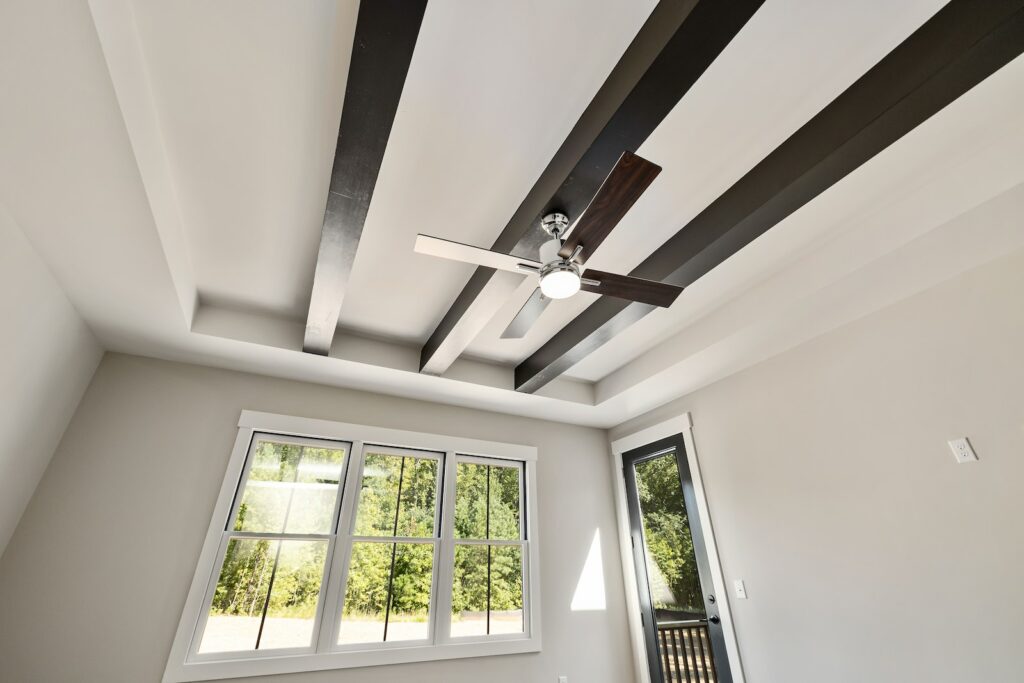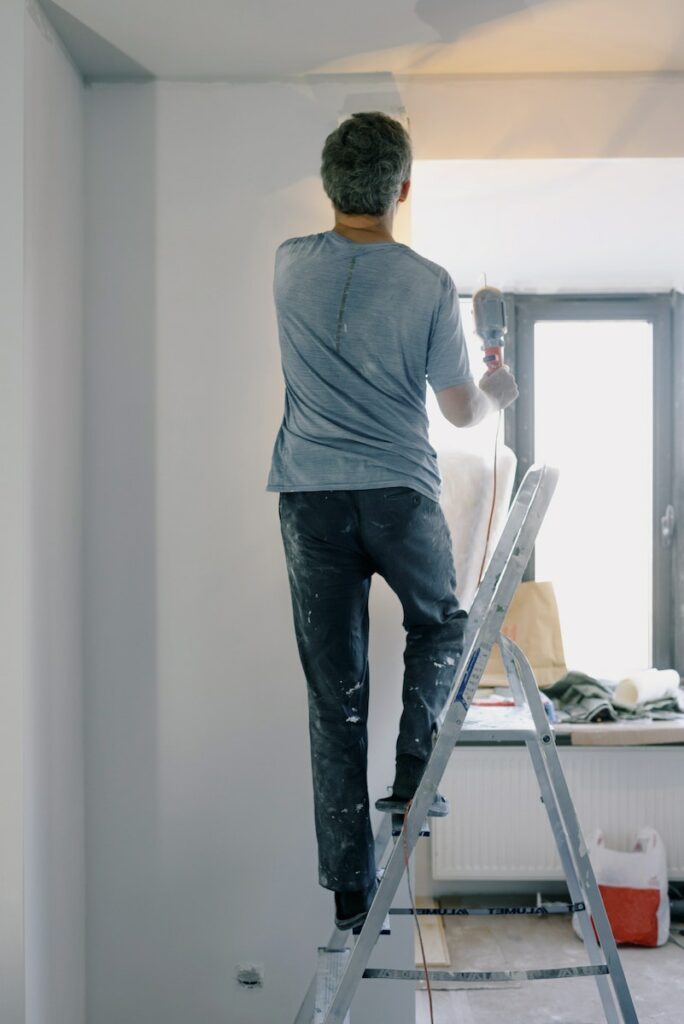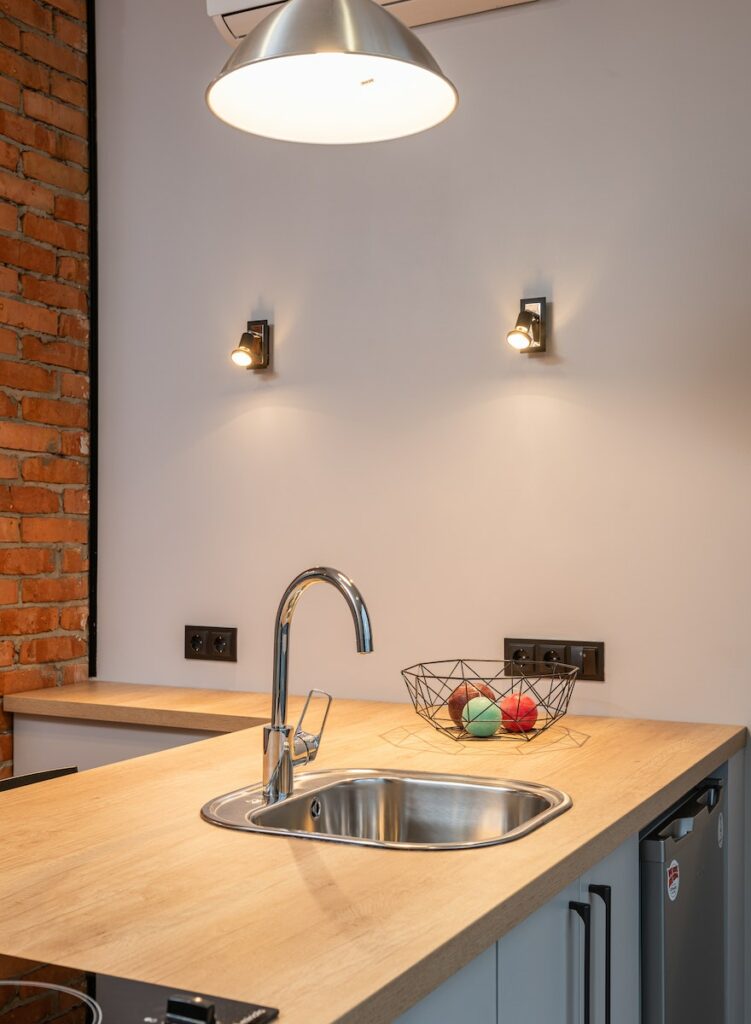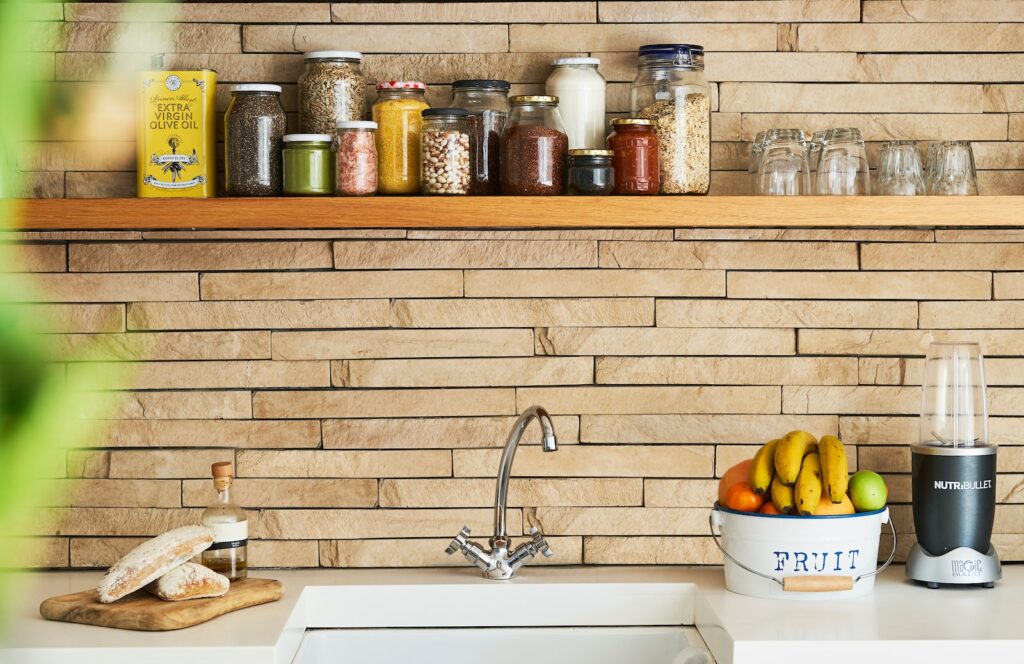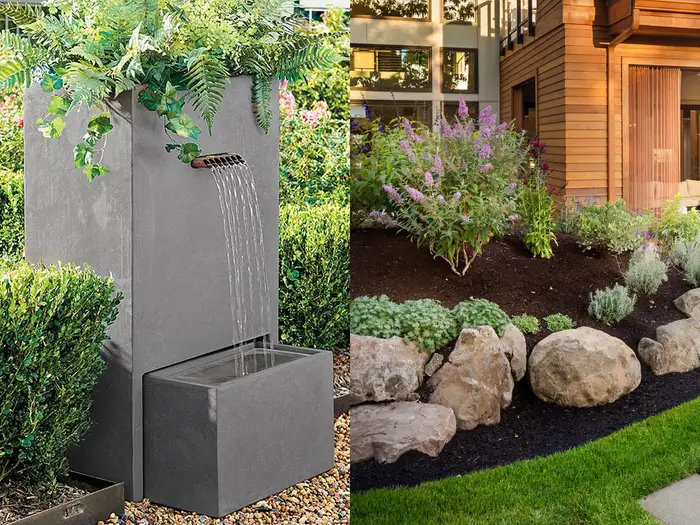The Basics of Home Air Quality: What You Need to Know
Maintaining good air quality in the home is essential for a healthy and comfortable living environment. Poor air quality can lead to health problems and allergies, as well as increased energy costs. In this guide, we’ll cover the basics of home air quality and what you need to know to keep your air clean and healthy.
Why is Good Home Air Quality Important?
Maintaining good air quality in the home is essential because the air inside our homes can often be more polluted than outdoor air. Indoor air can contain particulates, volatile organic compounds (VOCs), carbon dioxide, and other contaminants that can cause health problems and allergies.
In addition to health risks, poor air quality can also lead to energy efficiency problems. For example, high levels of VOCs can reduce the effectiveness of insulation, which can cause air leaks and higher energy bills. Good air quality is essential to ensure a comfortable, healthy, and energy-efficient home.
Steps for Improving Home Air Quality
Improving home air quality is a multi-step process, but the effort is worth it for a healthier and more comfortable living environment. Here are some of the key steps you can take to improve air quality in your home.
1. Ventilate Your Home
One of the best ways to improve air quality in the home is to have adequate ventilation. Adequate ventilation ensures that fresh air is being brought in and stale air is being exhausted out of the home. Having a well-vented home reduces the levels of indoor air pollutants and ensures a healthier indoor environment.
When ventilating your home, you can open windows and use fans to bring in fresh air, as well as to exhaust stale air. You can also invest in a ventilation system, such as an air exchanger or a heat recovery ventilator (HRV). HRVs are more efficient than air exchangers, as they can recover some of the energy from the exhaust air to use for heating.
2. Keep Home Surfaces Clean
Dust, dirt, and other debris can accumulate on home surfaces, such as walls and floors, and can contaminate the air. To reduce this contamination, it’s important to keep your home surfaces clean. Vacuum and dust regularly and make sure to use the appropriate cleaning products for different surfaces.
3. Improve Indoor Humidity Level
Humidity levels can have a big impact on air quality. Having too much humidity in the home can cause mold and mildew growth, which can contaminate the air. On the other hand, having too little humidity can dry out the air and can cause respiratory irritation.
The ideal humidity level in the home is between 30% and 50%. You can use a hygrometer to measure the humidity level in the home and adjust it by using dehumidifiers or humidifiers if necessary.
4. Use Air Filters
Air filters are a great way to improve air quality in the home. Air filters capture particulates in the air and can reduce airborne contaminants and allergens. Air filters are available in different sizes and types, so it’s important to choose the right one for your home.
5. Avoid High-Emission Sources
Certain products and activities in the home can emit pollutants and can contribute to poor air quality. To reduce these emissions, it’s important to avoid using products that emit high levels of VOCs, such as paint, varnishes, and solvents. Where possible, use low-VOC or VOC-free alternatives.
You should also avoid smoking indoors and burning incense, candles, and wood-burning stoves, as they can all emit pollutants.
Cost and Time Required
Improving air quality in the home can be a time-consuming process, but it is worth the effort for a healthier and more comfortable environment. Depending on the scale of the project, it can take anywhere from a few hours to several days.
The cost of improving home air quality will vary depending on the type and size of the project. Basic steps like cleaning surfaces and using fans can be done for minimal cost, but more complex projects like installing a ventilation system can be expensive. In general, you can expect to spend a few hundred dollars on air quality improvement projects.
Precautions
When improving air quality in the home, it’s important to take certain precautions. Make sure to follow the manufacturer’s instructions when using any products or machinery, as improper use can be dangerous. Be sure to use personal protective equipment, such as masks and gloves, when working with chemicals or fumes.
When using ventilation systems, make sure the exhaust does not lead to a confined space, such as an attic or crawlspace. Never operate a ventilation system without adequate ventilation.
Conclusion
Improving air quality in the home is essential for a healthy and comfortable living environment. Good air quality reduces the risk of health problems and allergies, as well as increasing energy efficiency. In this guide, we’ve covered the basics of home air quality and some steps you can take to improve the air in your home. With proper ventilation, regular cleaning, and the use of air filters, you can have a healthier, more comfortable home.

